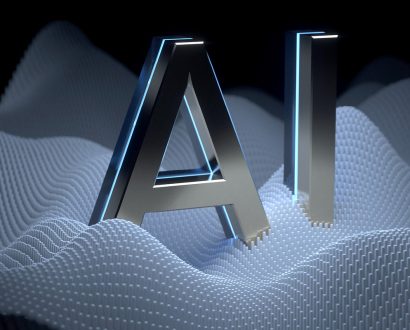Beyond the buzzwords: The role of technology in identity governance

The technology industry is known for its copious acronyms and buzzwords. As these topics continue to have major implications across the business landscape, it’s important that business leaders understand their nuances.
Buzzword breakdown
AI, ML and RPA — today, these terms crop up frequently and often seem to be used interchangeably. Here’s what they mean.
- AI (artificial intelligence) is the intelligence demonstrated by machines. AI can be in the form of voice assistants like Siri and Alexa, or Netflix’s use of predictive technology to recommend specific TV shows and films. But to put it simply, AI refers to the broader concept of machines that are trained to carry out intelligent work or are considered ‘smart’.
- ML (machine learning) is a subset of AI (the two are often confused). It can analyse data and learn from it — identifying patterns and eventually making decisions.
- RPA (robotic process automation) is the technology behind emerging tools like software bots, which can automate simple, repetitive actions that free up humans to focus on higher level tasks. From customer service chatbots to technology that speeds internal processes, enterprises far and wide are using RPA across thousands of applications and hundreds of use-cases.
Implications for identity governance
But, what do AI, ML and RPA mean in the context of identity governance and how is the industry using this technology?
The pressure to digitise enterprises is mounting as businesses fight to keep their competitive edge and continuously deliver value to their customers. Identity governance is key to managing these digital ecosystems and ensuring that the right people within an organisation have the right access at the right time.
In this context, AI and ML are incredibly valuable when used intelligently. It’s impossible for humans to process the massive amounts of identity data an enterprise has. Combining an AI tool with a trained identity expert is a winning combination. The AI and machine learning tools will identify patterns and anomalies, which the identity expert can then map on to the company’s policies and industry regulations, and use this combined information to make decisions.
With RPA, the industry is at a new frontier when it comes to who, or rather what, is considered an identity. Bots are accessing data, making decisions on that data and then performing actions. When such access is given to people, it is scrutinized — organisations should be doing the same with bots.
The next trend we’ll start to see more of is augmented intelligence. Blending AI and people will ultimately result in insights for businesses that computers simply can’t provide on their own, no matter how intelligent they are. For example, if a company’s CFO is downloading data after-hours away from the company premises, AI and ML would likely flag this as an anomaly regarding access —only an employee can bring in the business context and verify the CFO is in fact on a business trip.
AI, ML, and RPA are drivers of far-reaching business and social change. But at the end of the day, success for modern business comes from the symbiotic relationship of technology and human knowledge.